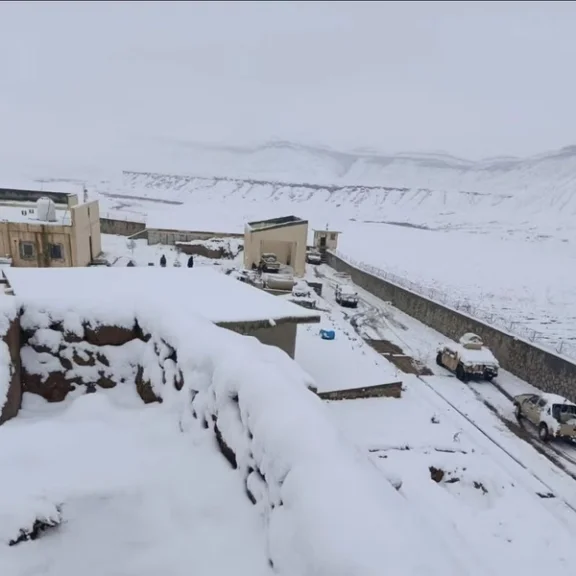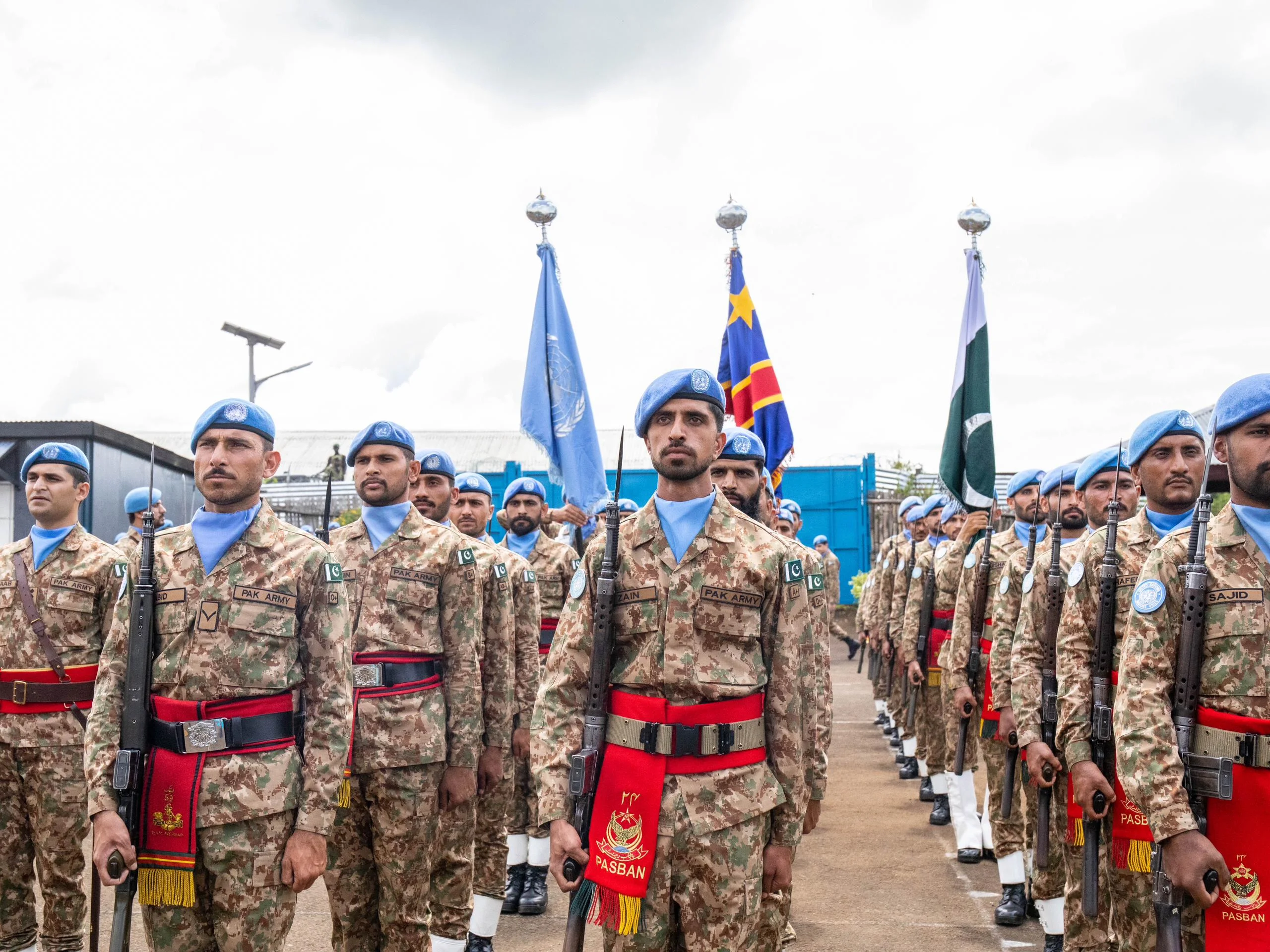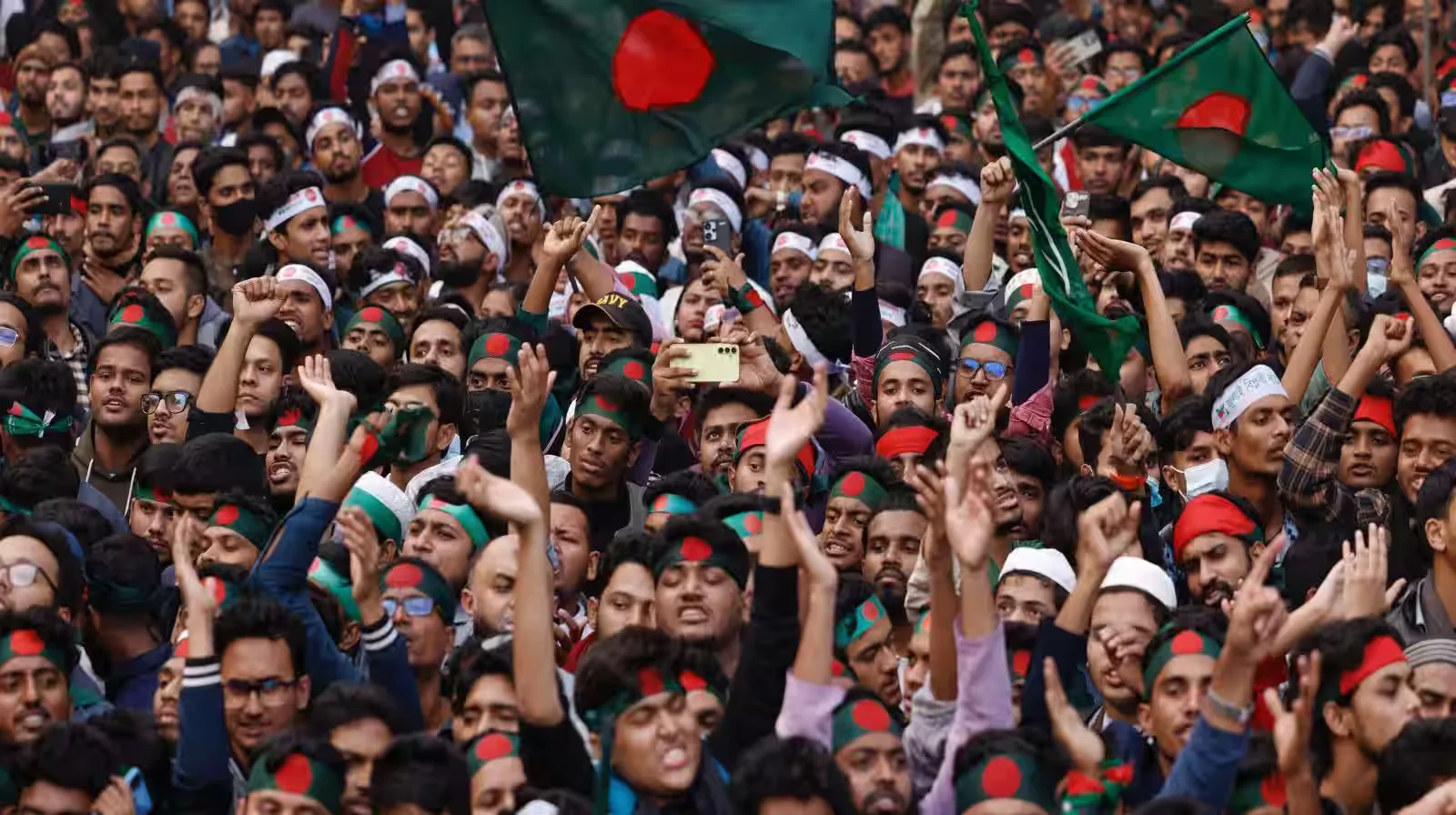The arrival of Iranian President Masoud Pezeshkian in Pakistan on August 2, 2025, for a two-day state visit goes beyond a routine diplomatic engagement. Taking place just months after a direct, unprecedented military confrontation between Iran and Israel, this visit carries immense symbolic and strategic weight, signaling Tehran’s focus on shoring up its regional alliances in a highly volatile environment. Coming just sixteen months after the late President Ebrahim Raisi’s landmark visit in April 2024, and Prime Minister Shehbaz Sharif’s subsequent attendance at Raisi’s memorial in Tehran, Pezeshkian’s trip continues this momentum and signals a deliberate, accelerated effort to move the Iran-Pakistan relationship from one of historical affinity to one of substantive, strategic alignment.
History and Necessity
The visit’s agenda is concrete and ambitious. On August 3rd, President Pezeshkian is scheduled to hold separate high-level talks with Prime Minister Shehbaz Sharif and President Asif Ali Zardari. These meetings are expected to culminate in the signing of a number of agreements and Memorandums of Understanding covering the key pillars of the relationship. The discussions will focus on expanding bilateral trade beyond the current $3 billion, enhancing provincial coordination, deepening border cooperation, and fostering cultural exchange. This clear set of objectives demonstrates a mutual desire to move beyond symbolism to the substance of a shared economic and diplomatic future.
At its core, this drive is anchored in a bedrock of shared heritage that transcends modern borders. The deep cultural, historical, and religious ties are undeniable, a point poignantly made at the start of the visit in Lahore with a tribute at the tomb of Allama Muhammad Iqbal, known as Iqbal Lahori in Iran, revered as much in Iran as in Pakistan.
However, this ancient foundation is now being reinforced by the realities of modern challenges. Both nations are grappling with the persistent scourge of terrorism in their contiguous border regions, Pakistan’s Balochistan and Iran’s Sistan va Baluchestan province. This shared internal security threat has created an undeniable imperative for deeper intelligence sharing and coordinated border patrols. Crucially, it also highlights the immense potential of formalizing economic ties. A significant volume of trade already flows across the border unofficially, regularizing these channels and establishing new border markets could see this trade expand manifold. Such a move would not only be an economic boon for the underdeveloped border regions, improving local livelihoods and reducing the appeal of illicit activities, but would also serve as a key component of a joint security doctrine rooted in shared prosperity.
This convergence is further sharpened by a volatile regional environment. Pakistan’s robust diplomatic support for Iran during the recent Iran-Israel crisis was a clear signal of its commitment to regional stability. This deepening of ties with Tehran is being navigated with care, mindful of Pakistan’s vital relationships with Gulf Arab states. However, the China-brokered Iran-Saudi rapprochement has fundamentally altered the diplomatic landscape, providing Islamabad with the crucial space to pursue its interests with Iran without immediately antagonizing its traditional allies in Riyadh. In stark contrast to the muted responses from many nations, Islamabad’s stance on the Iran-Israel crisis was unequivocal. At the United Nations and in public statements, Pakistani officials condemned the Israeli strikes as a blatant violation of international law and affirmed Iran’s right to self-defense under the UN Charter.
Adding another layer of complexity and shared interest is the unresolved situation in Afghanistan. As the two primary neighbors bearing the brunt of the fallout from decades of conflict, both Pakistan and Iran host millions of Afghan refugees and have profound economic and political stakes in the country’s future. The mass return of undocumented Afghans from both countries has created a shared political and logistical challenge, while the threat of terrorist groups operating from Afghan soil remains a paramount security concern for both Tehran and Islamabad. Any substantive dialogue between their leaders must invariably include discussion about engaging with the Taliban regime and managing the multifaceted challenges emanating from their shared border with Afghanistan.
Commerce and Calculation
However, the most compelling analytical lens through which to view this burgeoning partnership is economic, particularly in the context of American foreign policy and its shifting priorities in the region. The stated goal of increasing bilateral trade to an ambitious $10 billion is the centerpiece of the visit. While this has been a long-standing ambition, the current geopolitical climate, and Pakistan’s own energy needs, gives it new impetus. It is worth noting that during Prime Minister Sharif’s visit to Tehran in May, both leaders agreed to find a quick resolution to the challenges facing the vital Iran-Pakistan gas pipeline.
It is here that the new regional policy of the United States becomes most apparent. Under the Trump administration, Washington aggressively punished Indian companies and the Indian state for trading with Iran and importing its oil. Yet, in a remarkable pivot, the same Donald Trump has recently appeared sympathetic towards Pakistan, even floating a historic trade deal to help develop Pakistan’s massive oil reserves.
This underscores a critical reality, that the American objection was never solely about trade with Iran. India has long been considered a key component of the U.S. Indo-Pacific strategy. However, after the Indian military’s dismal performance in a brief but intense skirmish with Pakistan in May, serious questions have arisen in Washington about India’s capacity and reliability as a regional counterweight to China. The trust deficit has widened, and the USA appears to be cautiously recalibrating its South Asia policy. This has created a strategic opening for Pakistan. For Iran, a stronger partnership with a nuclear-armed Pakistan provides strategic space and a reliable eastern flank. For Pakistan, a deeper connection with Iran offers energy security, economic opportunity, and greater diplomatic maneuverability on the world stage.
Navigating the Path
Still, this growing closeness is not without its complications. Persistent cross-border tensions and allegations of harboring insurgents remain a challenge. Smuggling, sectarian sensitivities, and the threat of U.S. secondary sanctions could all complicate attempts to institutionalize cooperation. Moreover, Pakistan’s traditional balancing act between Iran and Gulf Arab states, particularly Saudi Arabia, could come under strain if ties with Tehran continue to deepen. Although recent signs of rapprochement between Saudi Arabia and Iran, brokered with Chinese backing, may ease regional rivalries and create diplomatic space, the underlying mistrust remains.






